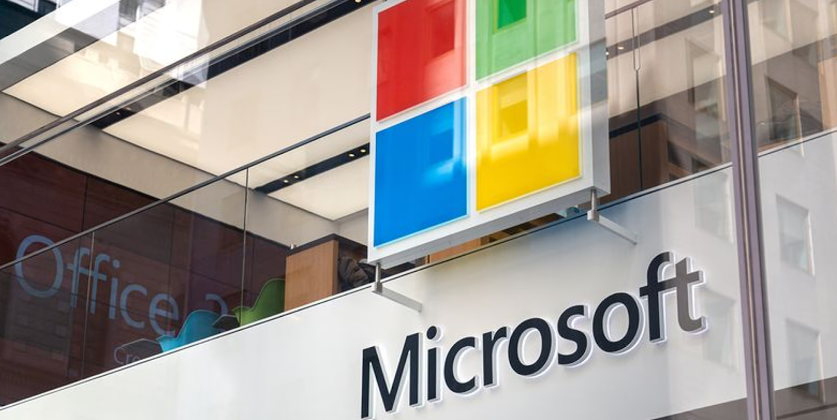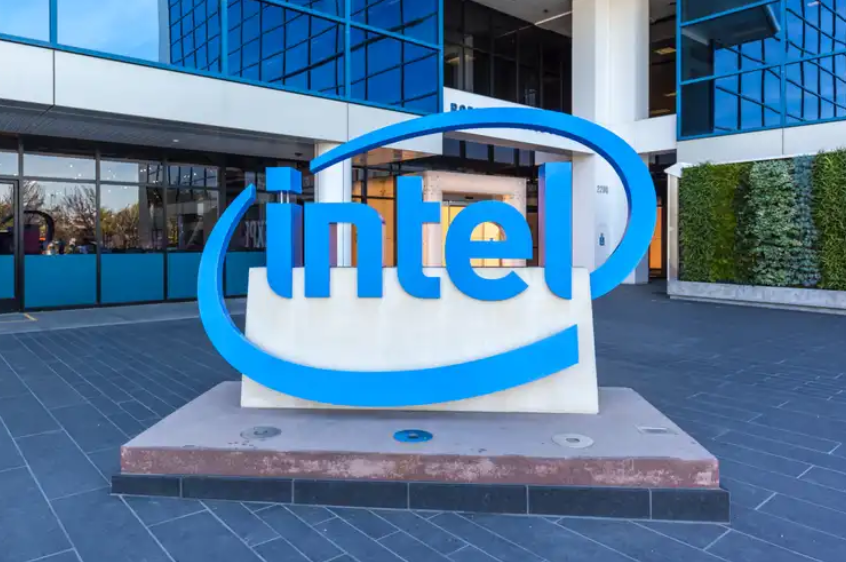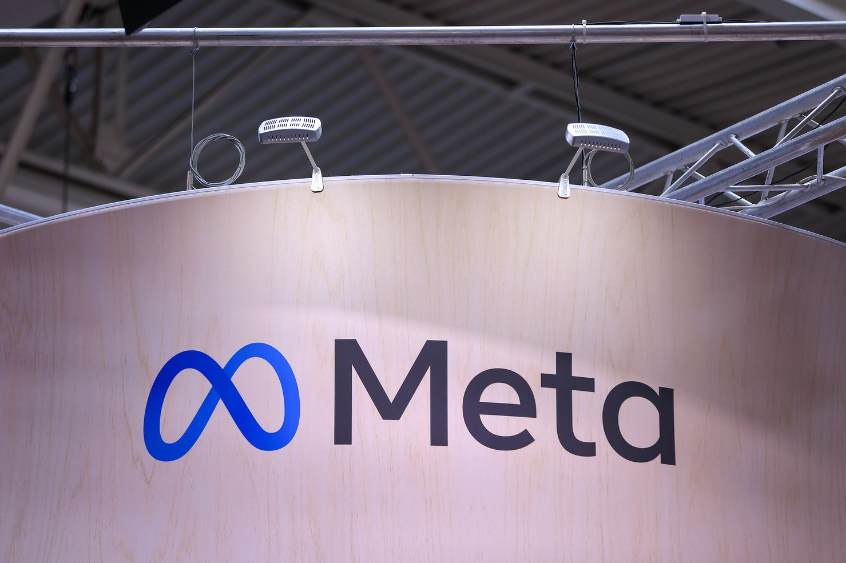Dell (DELL) $110-$115 Buy 3 Years Annual Return 11-13%+dividends, spread the buying out the stock jumped after hours, but there is still upside left long term.
This is from my October 23 article recommending SMCI – “Super Micro competes with behemoths like Cisco (CSCO), Dell Technologies (DELL), and Lenovo”. However, I didn’t buy Dell subsequently, their infrastructure solutions group is about 40% of their revenue and servers half of that – I wanted to see more evidence that they would be getting meaningful revenue from the datacenter boom.
This quarter they did as Dell’s Infrastructure Solutions Group produced $9.3B in revenue up 10% from the prior quarter. Servers and networking revenue hit $4.9B, driven primarily by AI-optimized servers. Projected growth in unstructured data from AI should benefit Dell’s storage business as enterprise and large corporate customers are in the early stages of AI adoption. AI-optimized server orders increased by nearly 40% sequentially, $800 million of AI-optimized servers, and backlog nearly doubled sequentially, exiting the fiscal year at $2.9 billion.
From their earnings call “Demand continued to outpace GPU supply, though we are seeing H100 lead times improving. We are also seeing strong interest in orders for AI-optimized servers equipped with the next generation of AI GPUs, including the H200 and the MI300X.”
Even after this quarter AI related revenue is less than 10% but growth will come from 3 areas, servers, storage and services.
Company wide revenue growth is expected to be only mid single digits this year, with better growth of 7-8% in the years 2025 and 2026.
I estimate earnings to grow much faster at around 12% for the next three years. As a cyclical, Dell gets low multiples and I wouldn’t assign more than 16x, so at 2026 earnings of $10, we should target a price of $160. About 12% a year.













